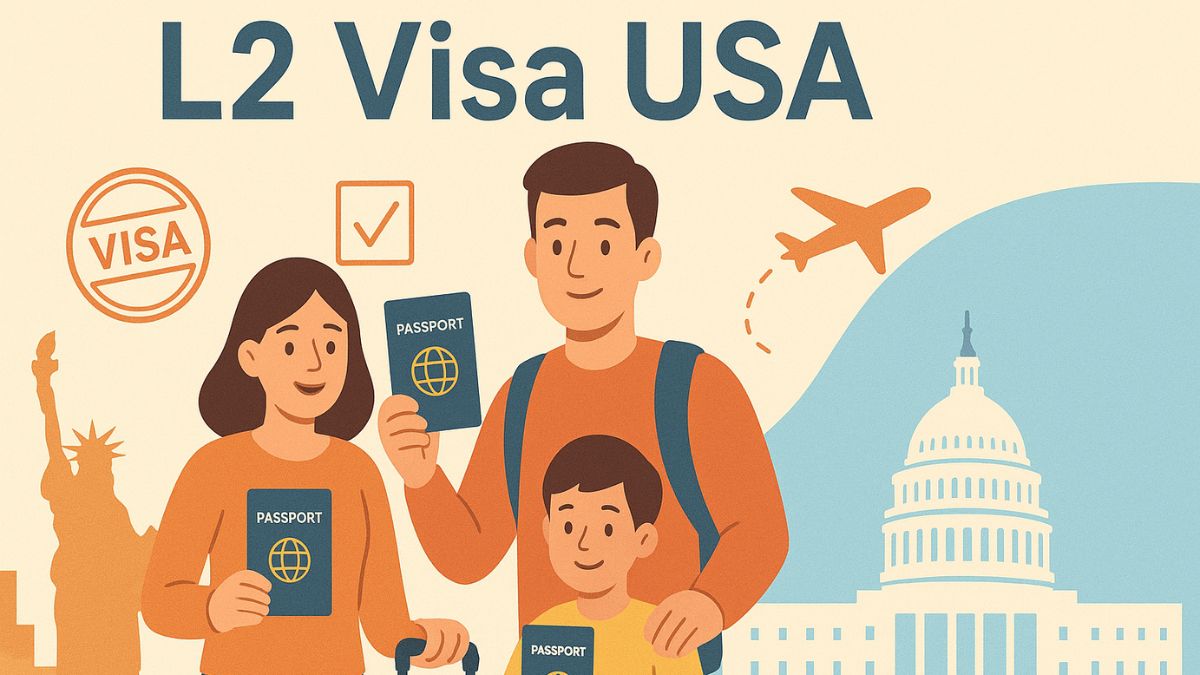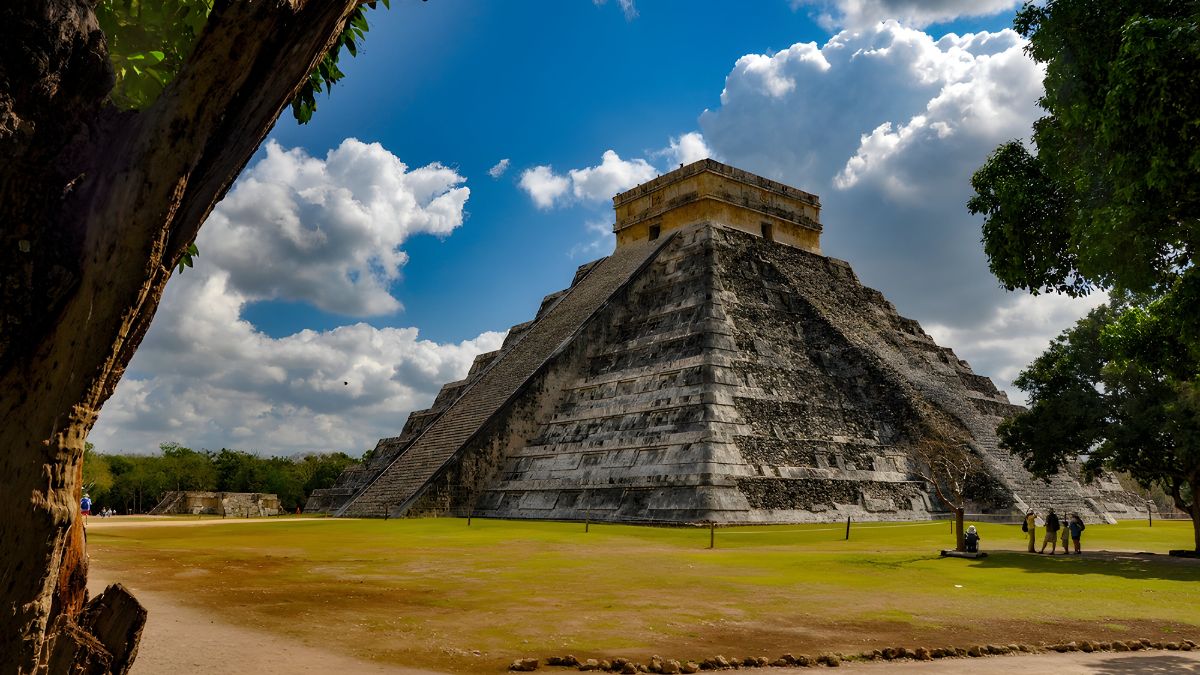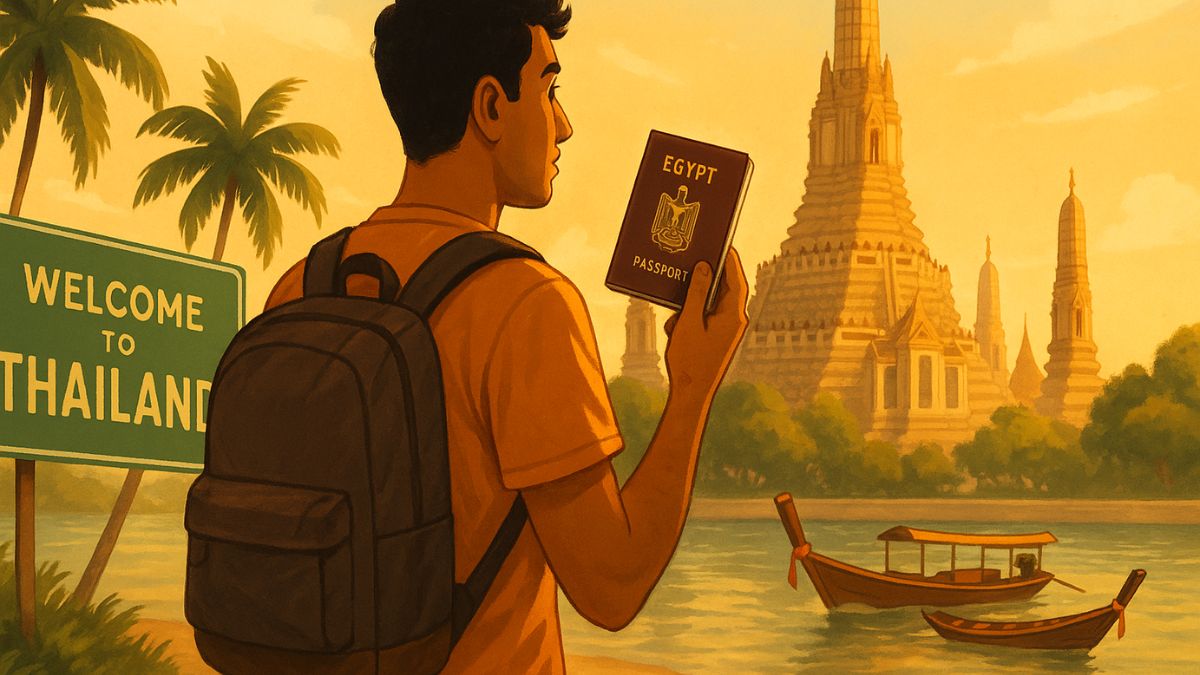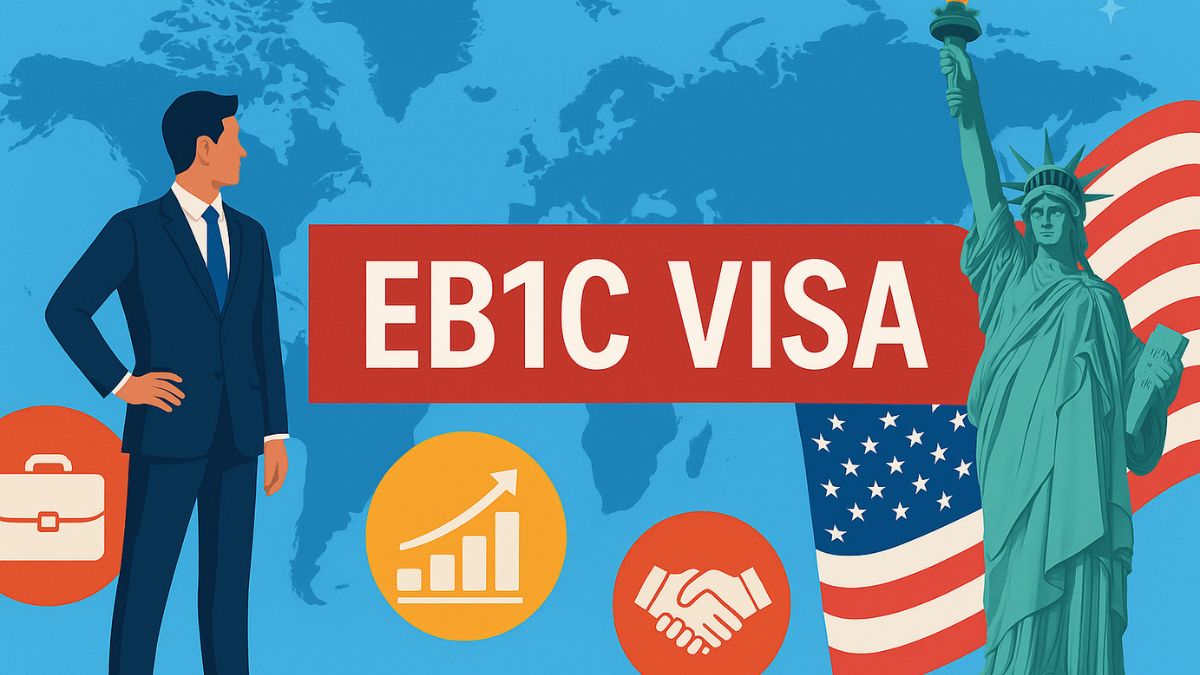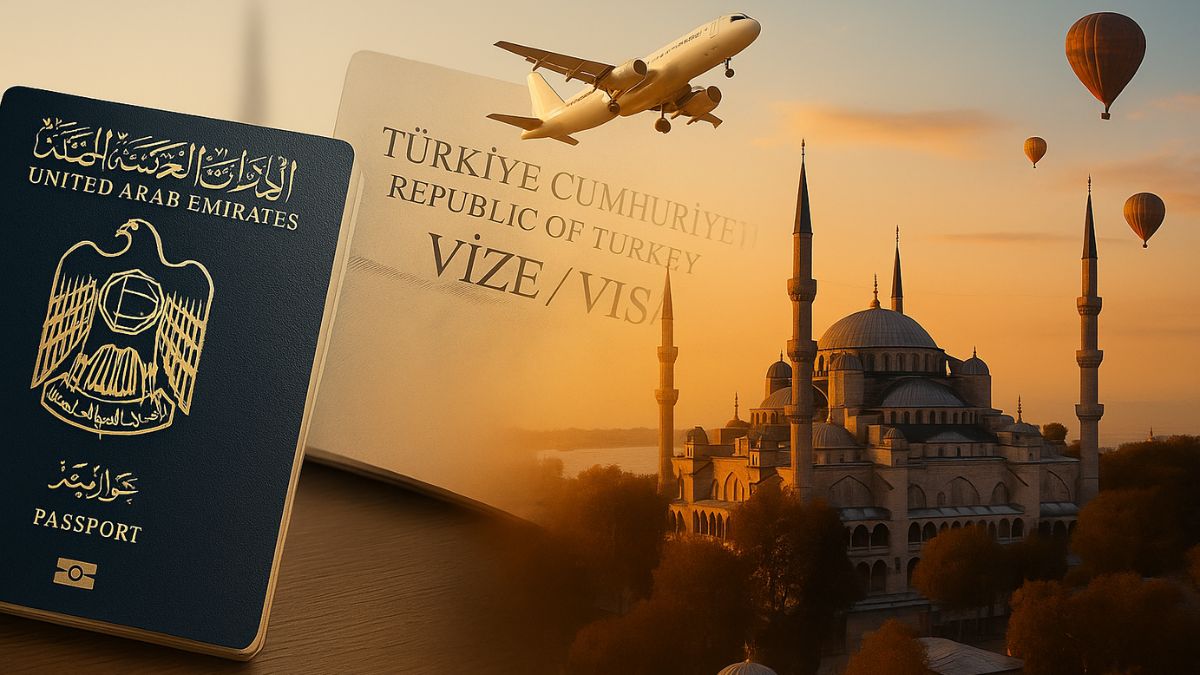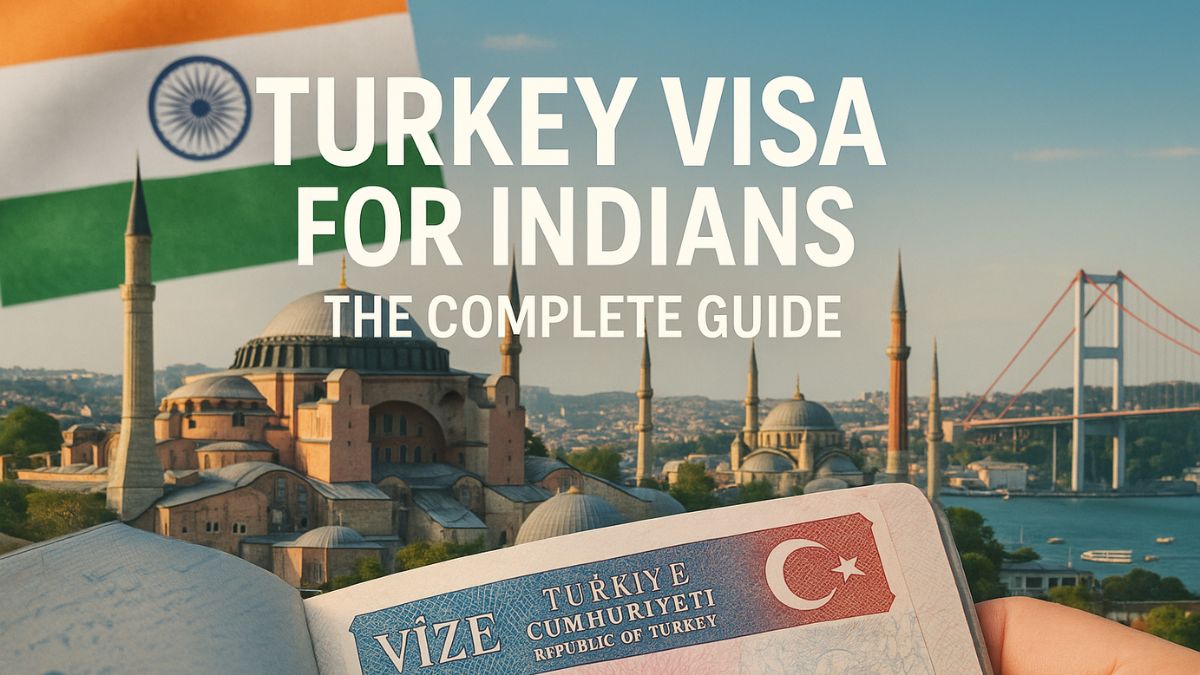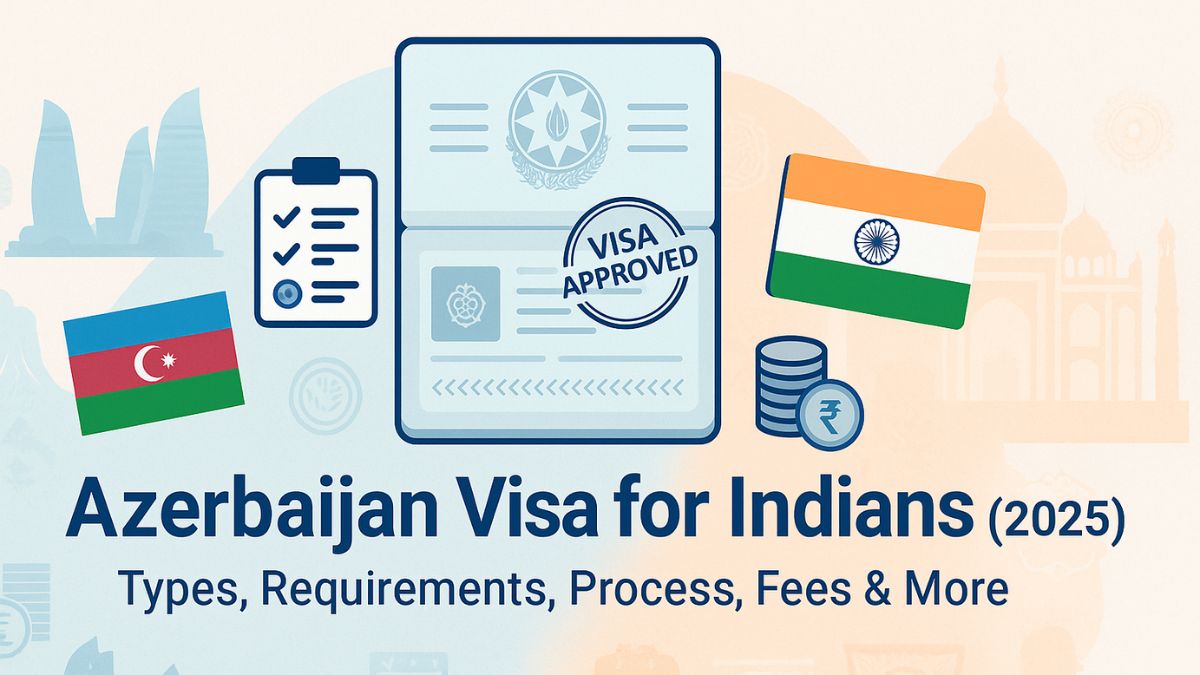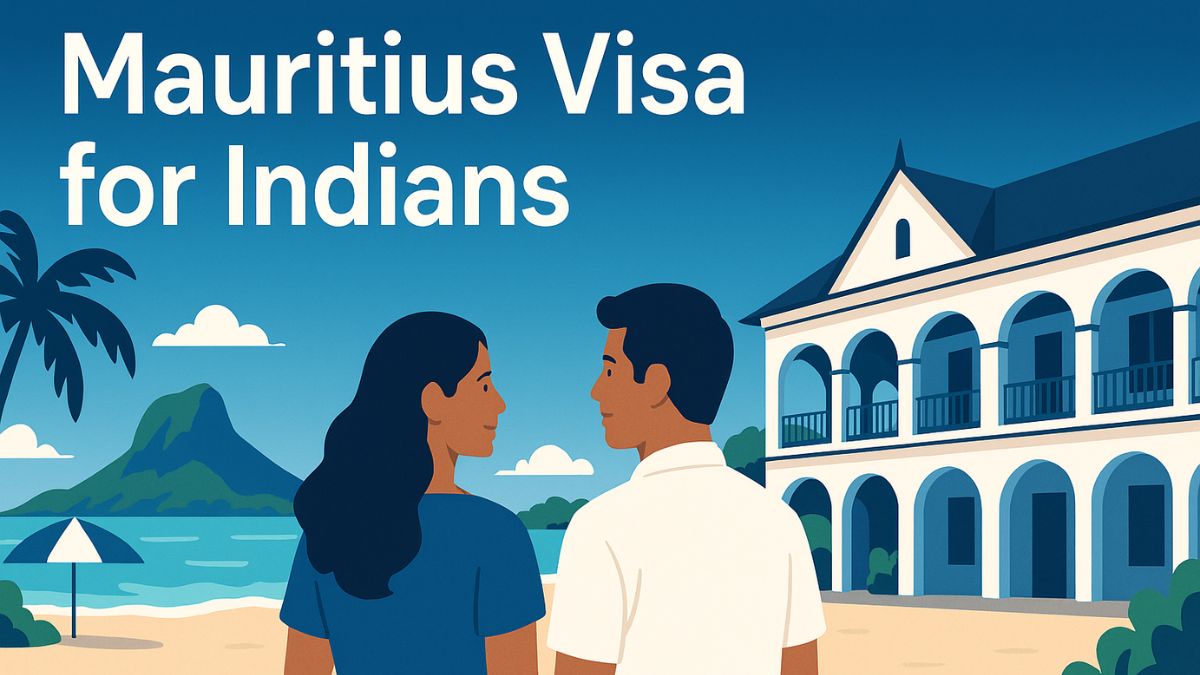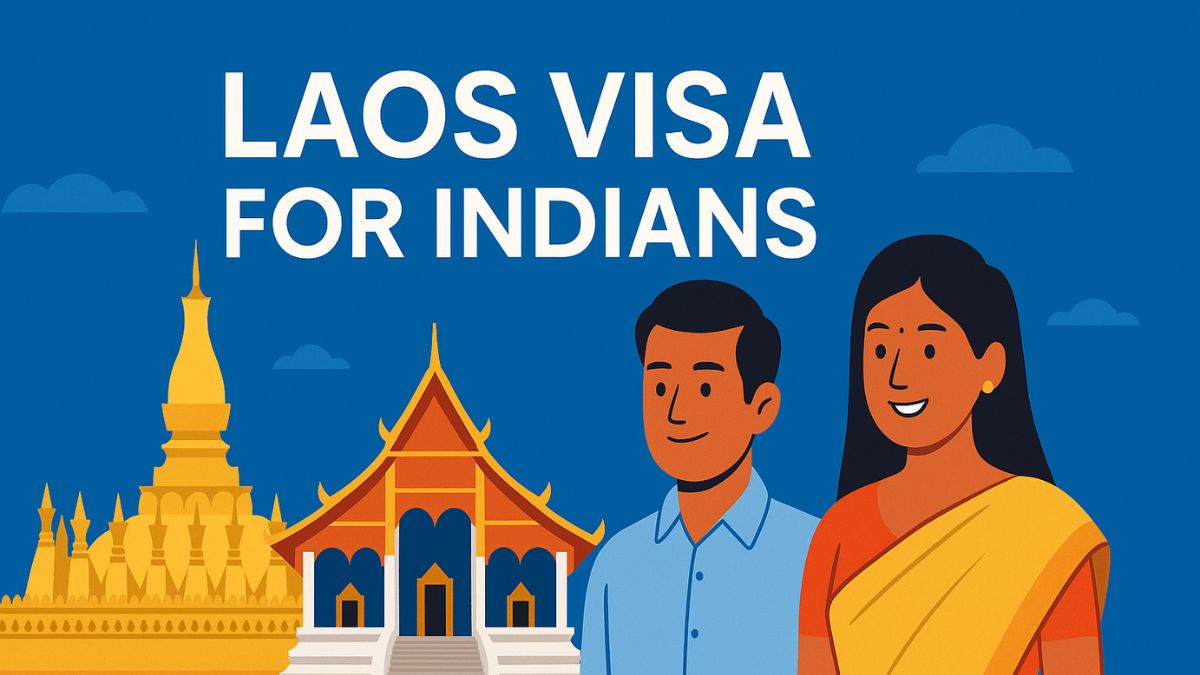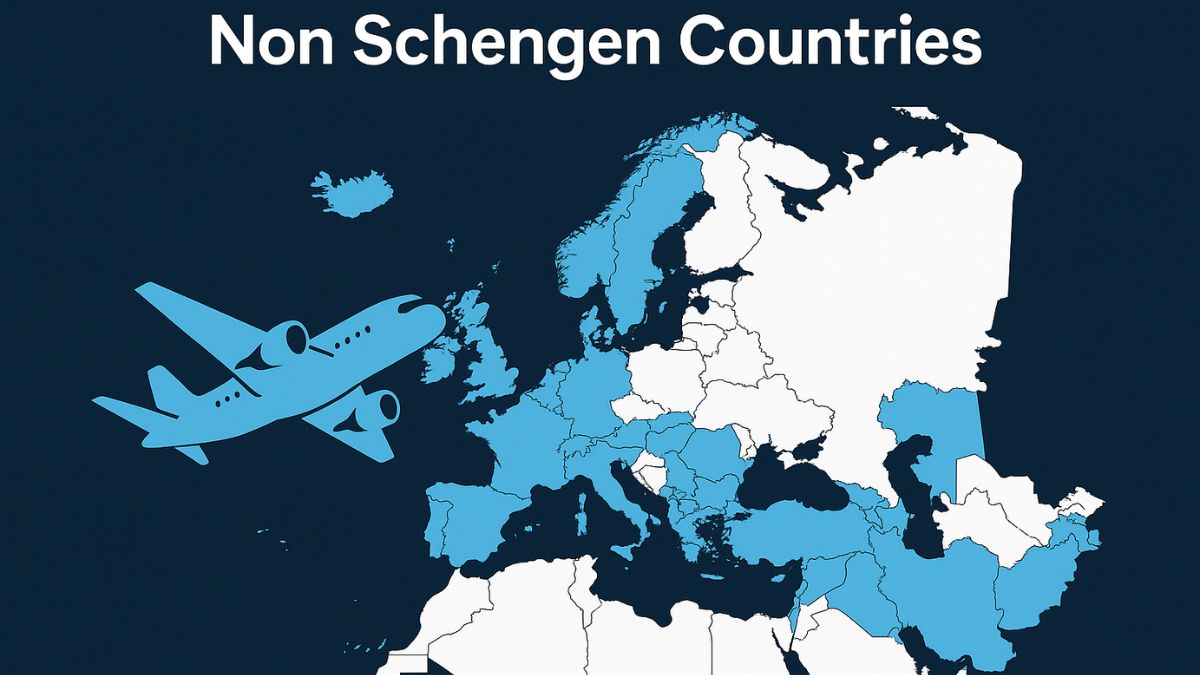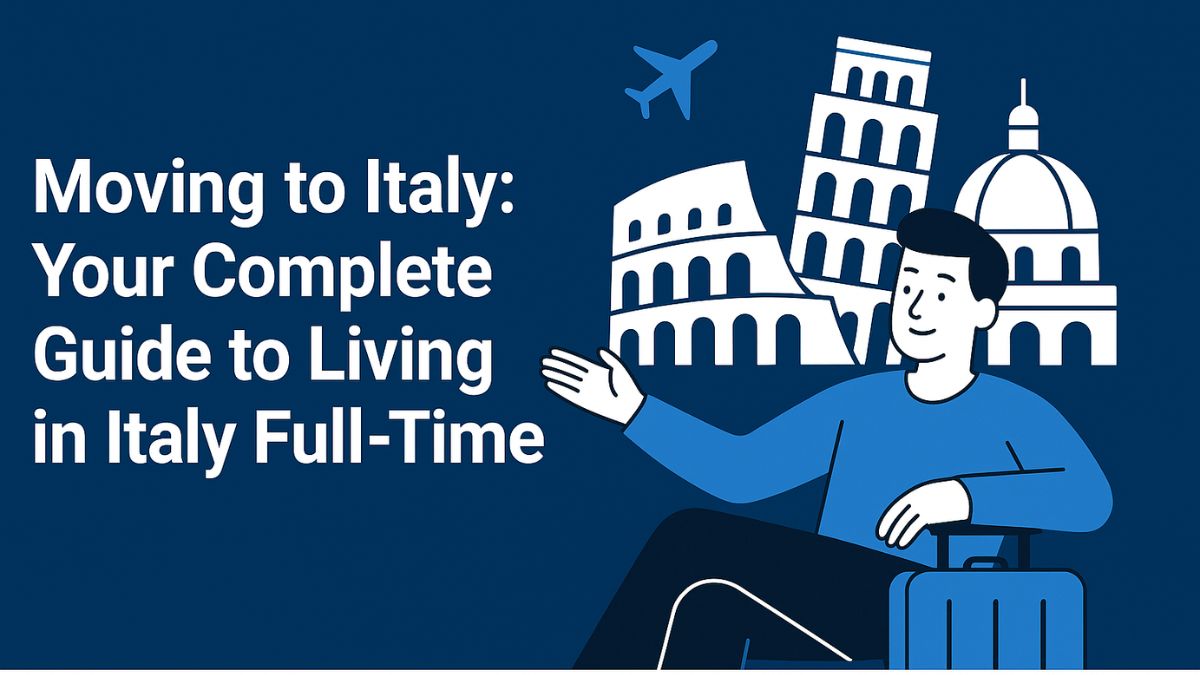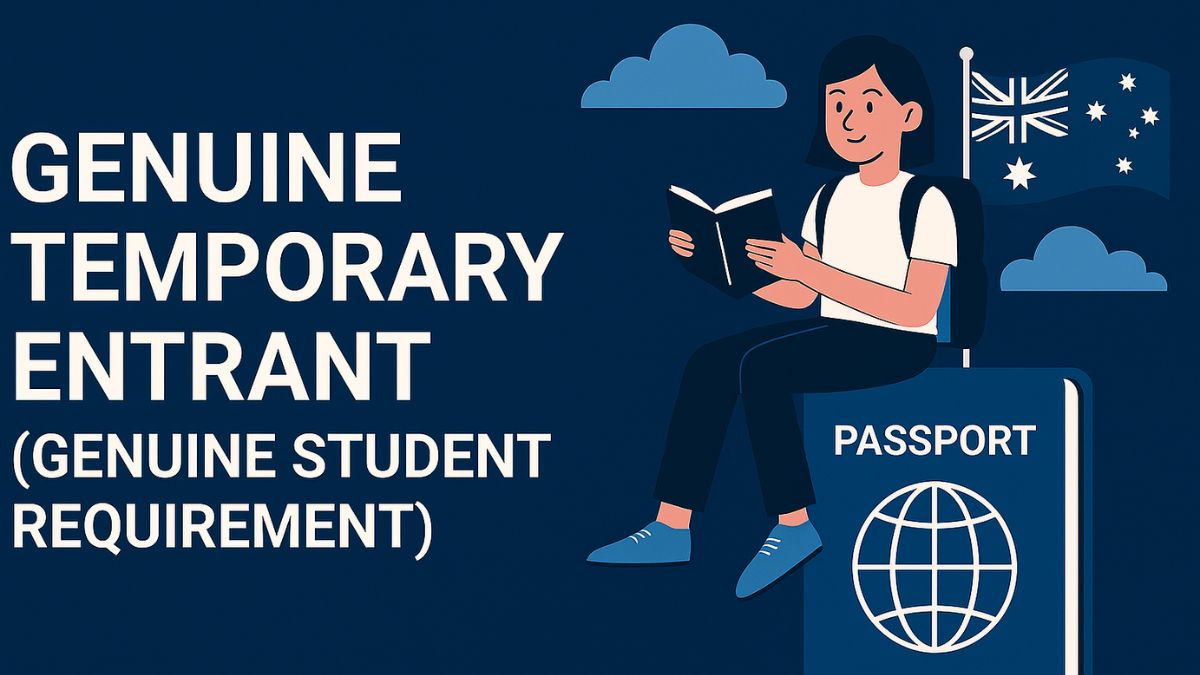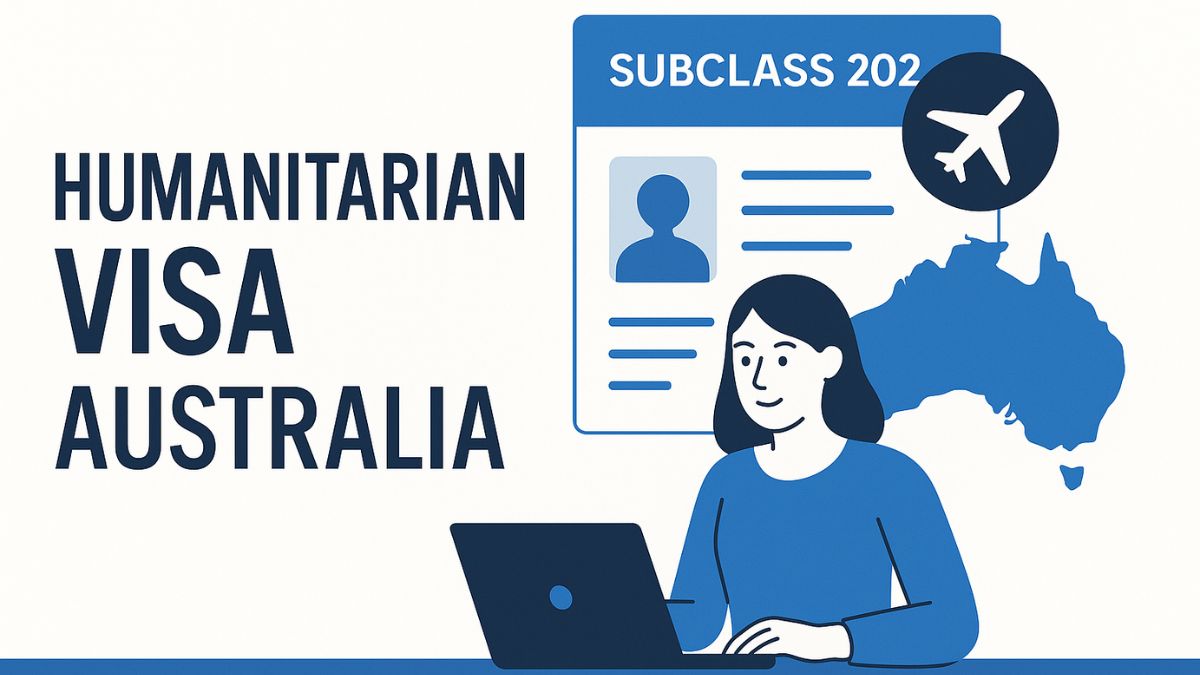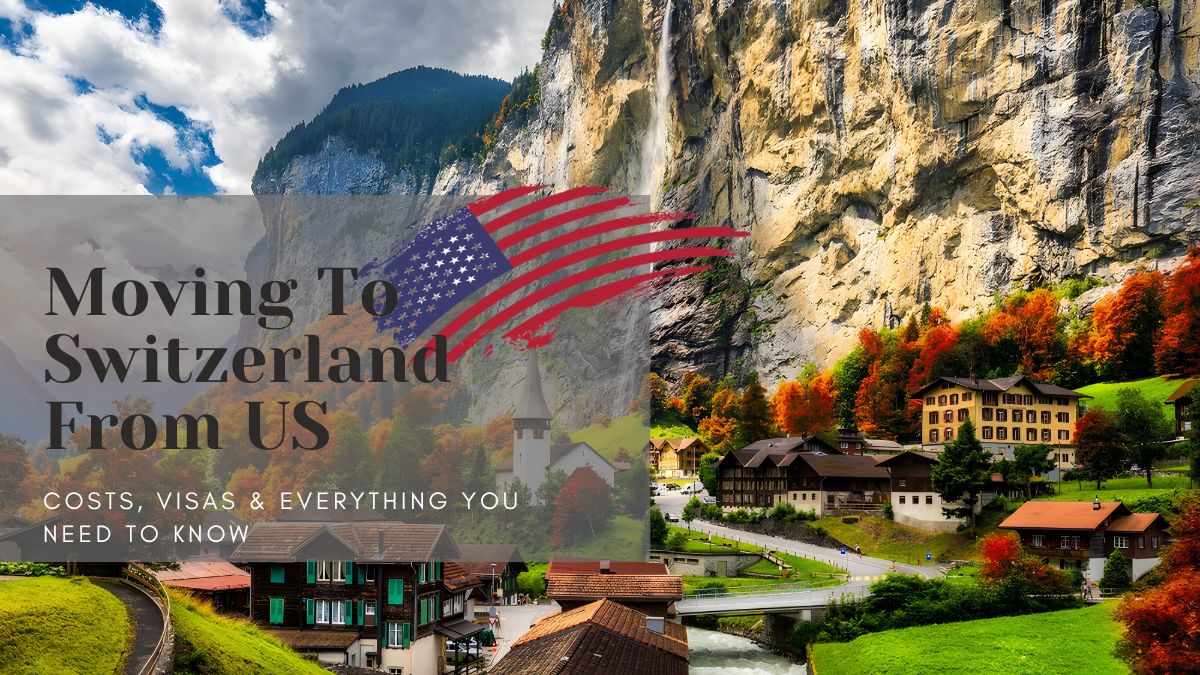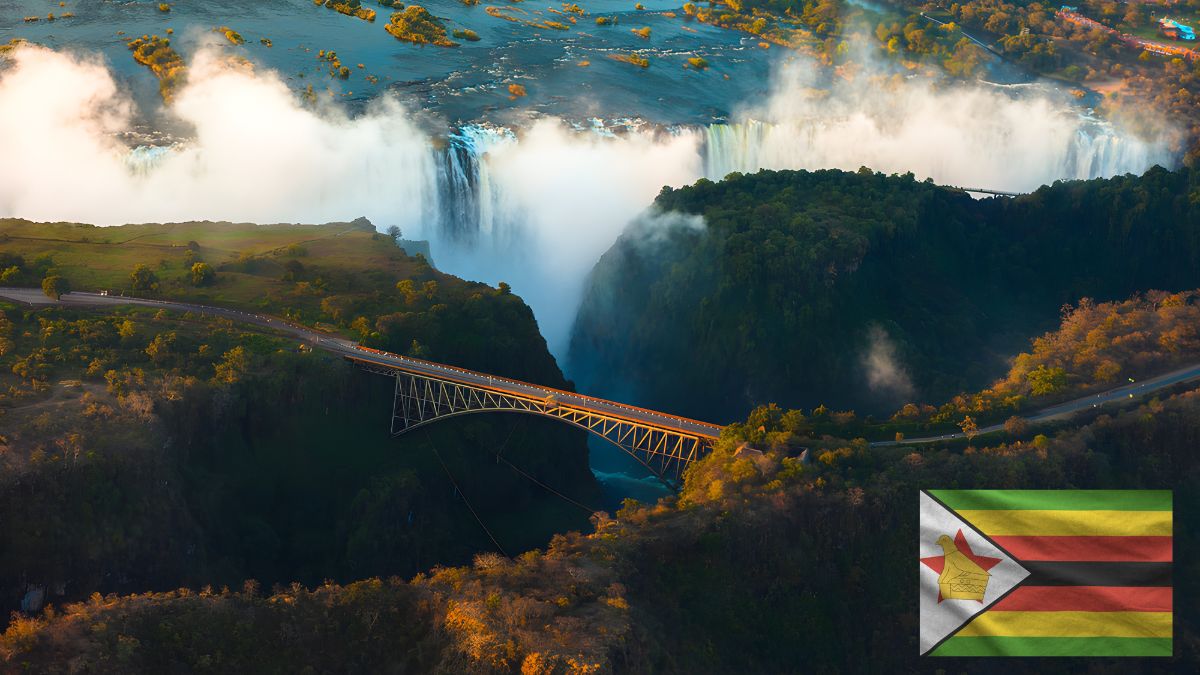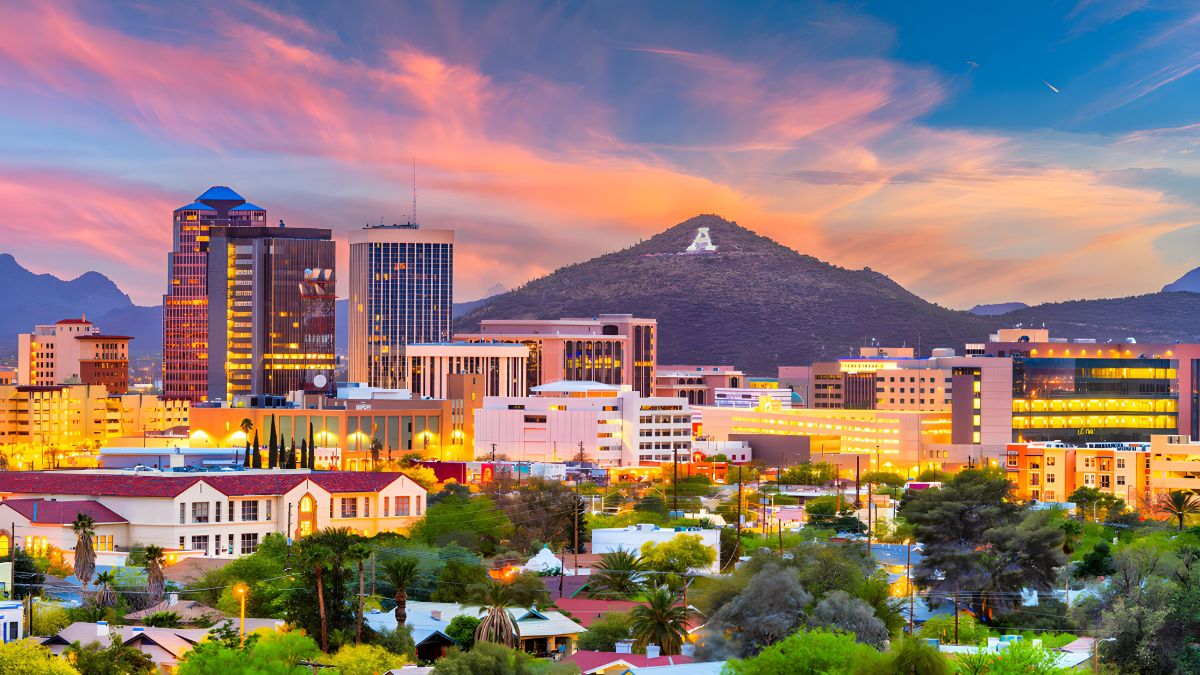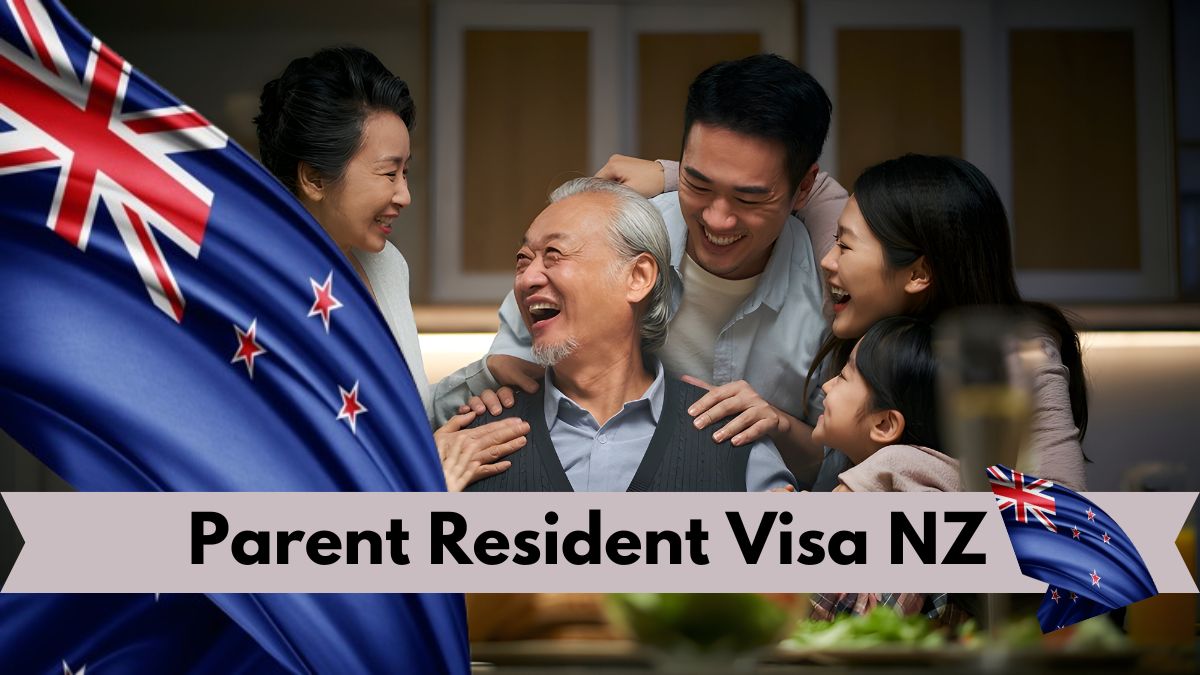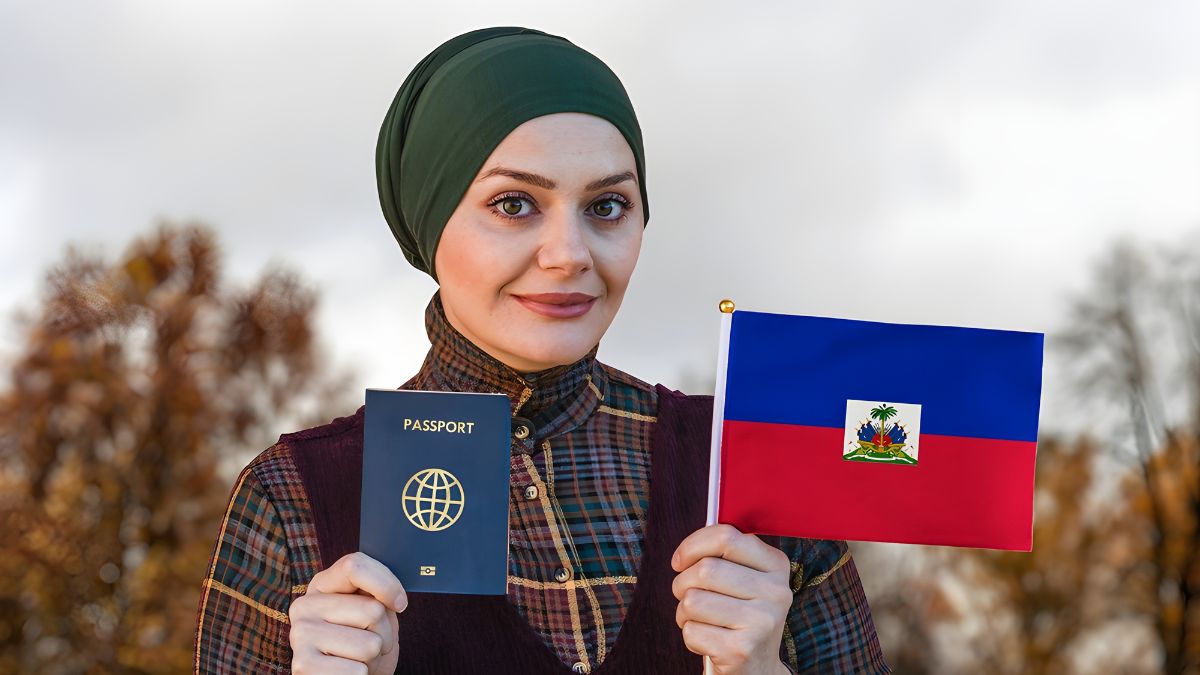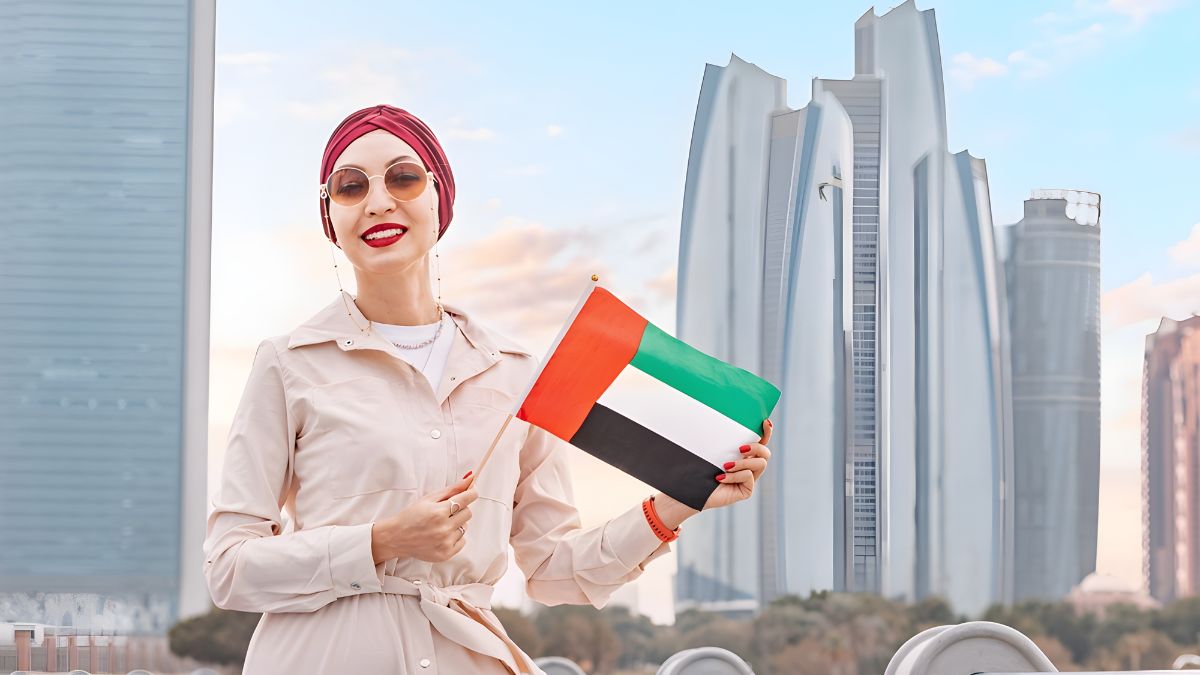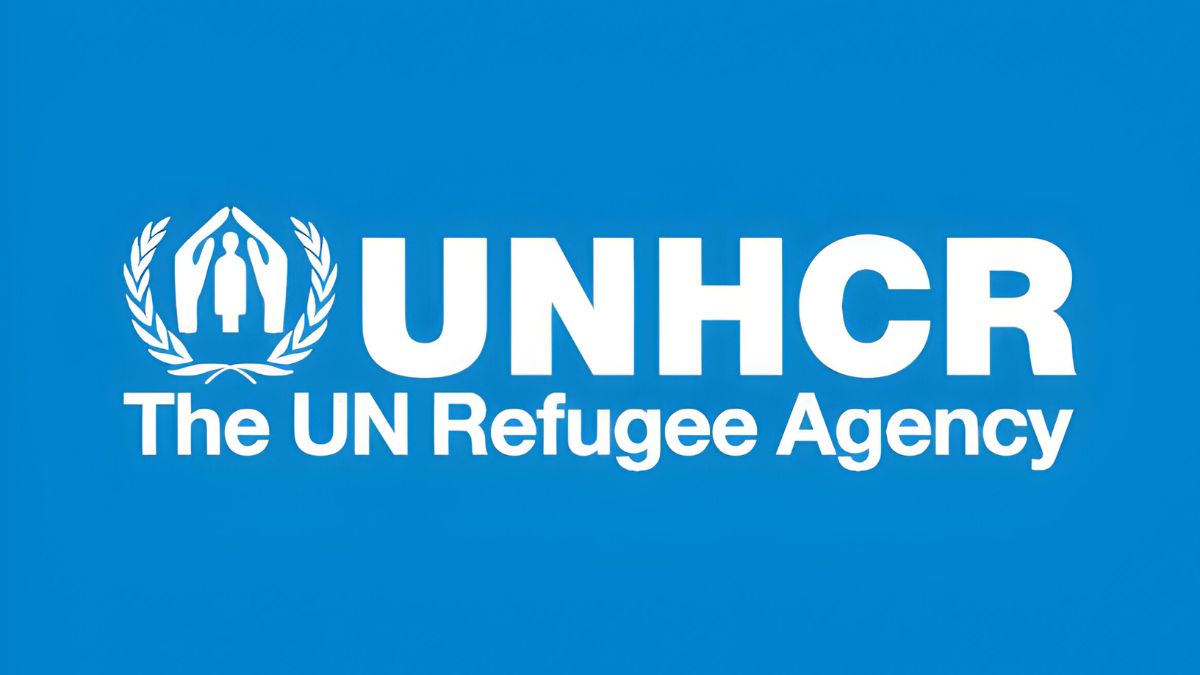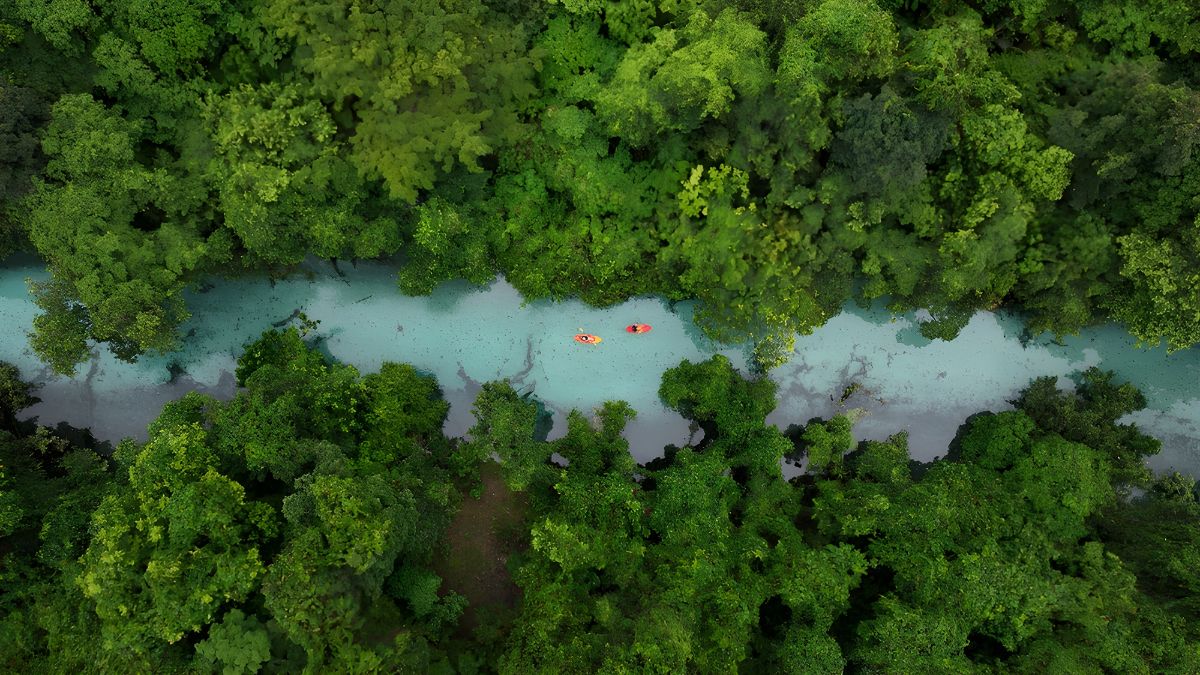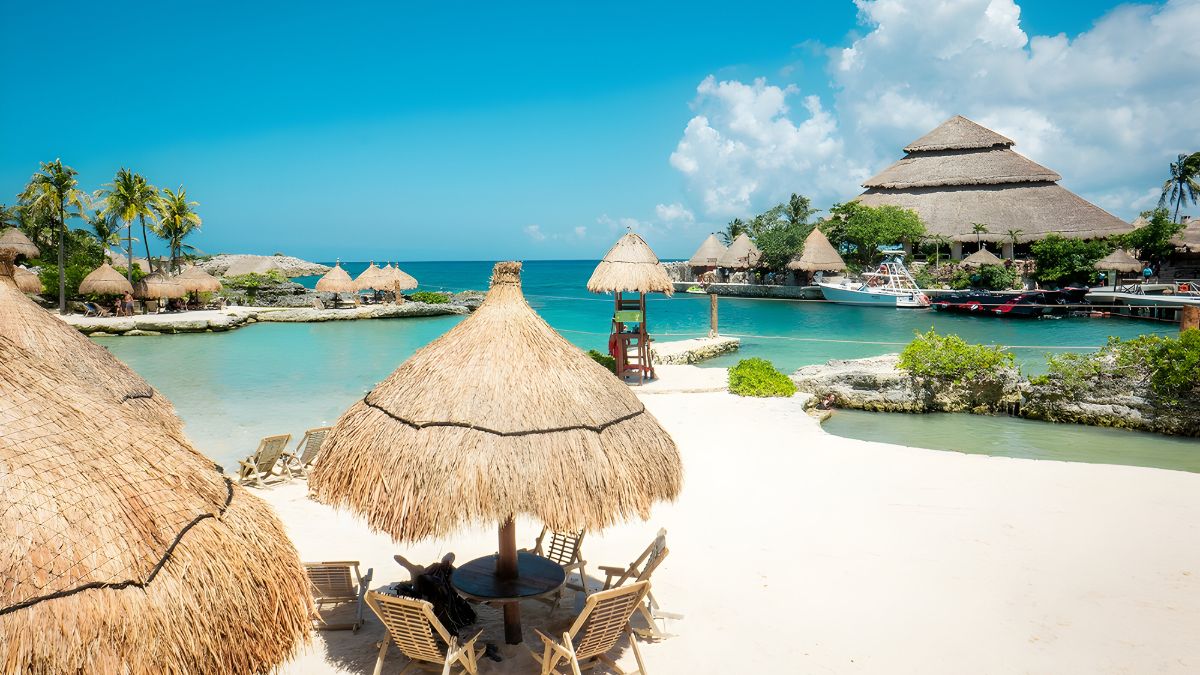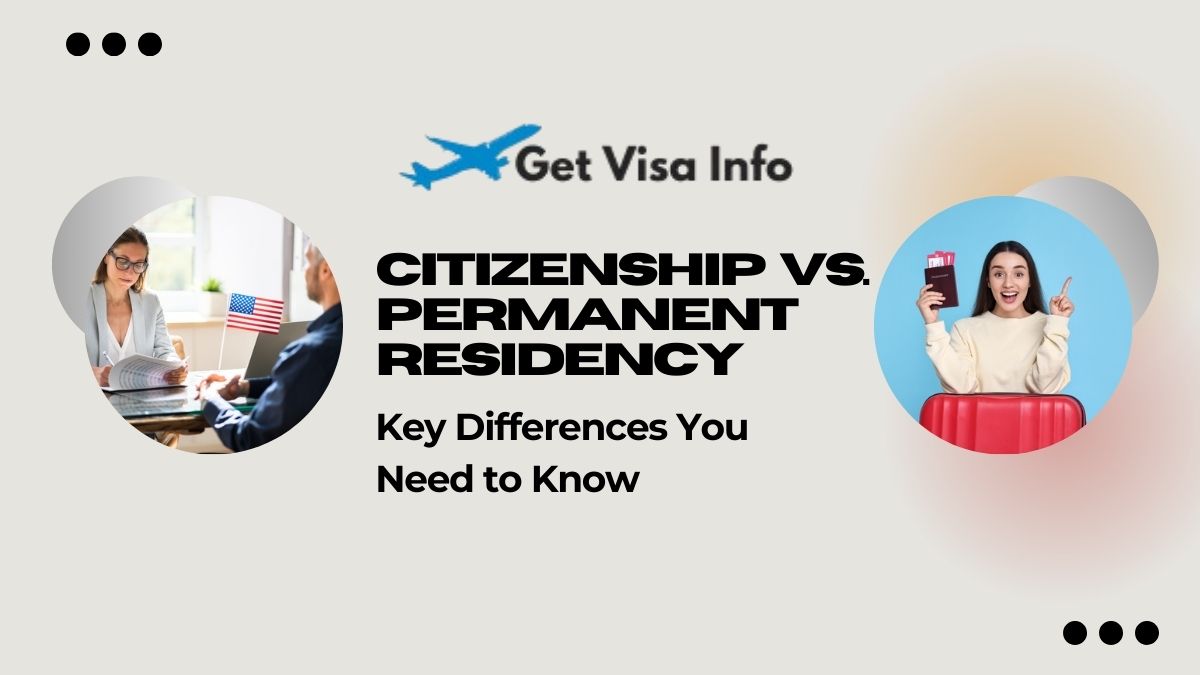
- April 19, 2025
- Heisenberg
- 0
If you’ve been considering Australia as your next home and looking into humanitarian resettlement options, you’ve likely come across the Community Support Program (CSP). It’s one of Australia’s more community-driven pathways, allowing individuals, families, and organisations to sponsor refugees directly. This approach not only supports those in need but also helps build strong community ties and smoother integration for new arrivals.
But what exactly is the CSP visa? How much does it cost? What’s the process like — fast, slow, complicated? While it’s a great opportunity, it does come with costs and a multi-step process involving both government fees and charges from approved organisations. In the sections below, we’ll break it all down — from costs and timelines to key organisations involved — to help you decide if CSP is the right fit for you or someone you know.
What is the CSP Visa?
The Community Support Program, or CSP, is part of Australia’s Humanitarian Program. It’s designed to allow individuals, businesses, and community organizations to sponsor eligible refugees for resettlement in Australia.
Think of it as a way for communities to take charge — to directly support refugees by covering costs and helping with their settlement, all while fast-tracking the process. At least, that was the original idea.
Under the CSP, approved proposing organizations (called Approved Proposing Organisations or APOs) nominate eligible refugees. These refugees must be in humanitarian need and located outside Australia.
Essentially, it’s a privately sponsored humanitarian visa pathway that operates alongside the government’s broader refugee intake. The big difference? This one’s a bit more personalized and community-driven.
Eligibility Criteria
To be eligible for the CSP, applicants must:
- Be outside your home country and outside Australia (offshore applicants only)
- Be subject to persecution or substantial discrimination in their home country
- Fall within the subclass 202 (Global Special Humanitarian Visa) criteria
- Be 18–50 years old, in good health, and likely to integrate well (such as having existing family/community connections or skills)
- Not be in protracted refugee situations where UNHCR resettlement would be more appropriate
Also, there’s a strong emphasis on self-reliance — the Australian government wants applicants to show they can integrate without relying heavily on welfare.
Who Can Sponsor?
Not just anyone can sponsor someone through the CSP. You need to go through an Approved Proposing Organisation (APO).
These are officially recognized community groups, charities, businesses, or religious organizations that have been authorized to lodge applications on behalf of refugees.
They don’t just submit paperwork. APOs also:
- Assist with housing
- Help secure employment opportunities
- Provide settlement support after arrival
It’s a hands-on approach, which is part of the reason the CSP exists — to make integration smoother, faster, and more effective.
CSP Visa Costs – How Much Does It Actually Cost?
Here’s the bit that catches many people off guard: the CSP is not cheap. In fact, it’s often out of reach for the very people it’s supposed to help — unless they have financial sponsors.
1. Visa Application Charges (VAC) – Department of Home Affairs
- Primary Applicant:
- First VAC: AUD 535 (paid at application lodgement)
- Second VAC: AUD 7,270 (paid before visa grant)
- Total: AUD 7,805
- Secondary Applicants:
- No VAC applies for secondary applicants.
2. Approved Proposing Organisation (APO) Fees
APOs may charge fees to cover the costs of their services. These costs vary between APOs depending on their business model and the level of services they offer. Here are examples from some APOs:
- International Organization for Migration (IOM):
- Primary Applicant: AUD 10,200
- Each Additional Applicant: AUD 2,550
- Spectrum:
- Expression of Interest: AUD 275
- Assessment of Applicant & Proposer: AUD 4,400
- Migration Assistance & Integration Plan: AUD 5,500
- Travel: AUD 1,100
- Settlement: AUD 6,325 + AUD 5,000 refundable bond upon visa grant
- Total: AUD 22,600
Note: These fees are examples and may vary. It’s essential to consult directly with the chosen APO for precise costs.
Processing Times – How Long Does it Take?
Let’s be real: the CSP is no longer a fast-track option for most applicants.
While it was initially marketed as a quicker pathway, reality has shifted. Processing times can now stretch to six years or longer.
Why?
- Limited annual places (currently capped at around 1,500)
- Increased demand from high-risk regions like Syria, Afghanistan, Sudan
- COVID-era backlogs that still haven’t been cleared
- Lengthy vetting processes including health, character, and security checks
What the timeline often looks like now:
- Engagement with APO: 1–6 months
- Department of Home Affairs processing: Up to 6+ years
- Total wait time: 3–6 years (or more)
Some applicants may move through faster if they’re high-priority or have strong APO backing, but for most, it’s a long game.
How to Apply for the CSP Visa
Alright, let’s talk logistics. How do you actually start this whole process?
Unlike some visas where you fill out a form and click “submit”, the CSP process is a bit more layered — because it’s based on community sponsorship and requires coordination with an Approved Proposing Organisation (APO).
Here’s how it usually works:
Step 1: Connect with an APO
Your first move? Find and contact an Approved Proposing Organisation. These groups are licensed by the Australian government to nominate CSP applicants. Each APO has its process, fees, and timelines, so you’ll want to do some research and maybe reach out to more than one.
Here’s the current list of APOs
Step 2: Submit an Expression of Interest (EOI)
Once you’re in touch with an APO and they agree to work with you, you’ll be asked to provide an Expression of Interest. This includes:
- Personal details
- Proof of refugee status or persecution
- Evidence of English skills (if any)
- Family details and documentation
- Any links you have in Australia (family, community, employment potential)
Step 3: APO Lodges the Visa Application
If your EOI is accepted, the APO will submit the visa application on your behalf. This is where the formal process begins — and where those big fees start to kick in.
The APO will typically handle:
- Form submissions (Subclass 202 – Global Special Humanitarian)
- Supporting letters and sponsorship documentation
- Payment of the Visa Application Charge
- Coordination of your medical, security, and character checks
Step 4: Wait… and Wait Some More
Yep — this is the part no one loves. Processing times can be years, depending on a lot of factors. Your APO might be able to provide updates from the Department of Home Affairs, but there’s no set timeline.
Step 5: Prepare for Settlement
If your visa is approved, congrats! But things move quickly after that. You’ll need to:
- Book travel to Australia (often arranged via IOM)
- Get housing arranged (the APO helps here)
- Attend any pre-departure briefings
- Pack up your life and begin a new chapter Down Under
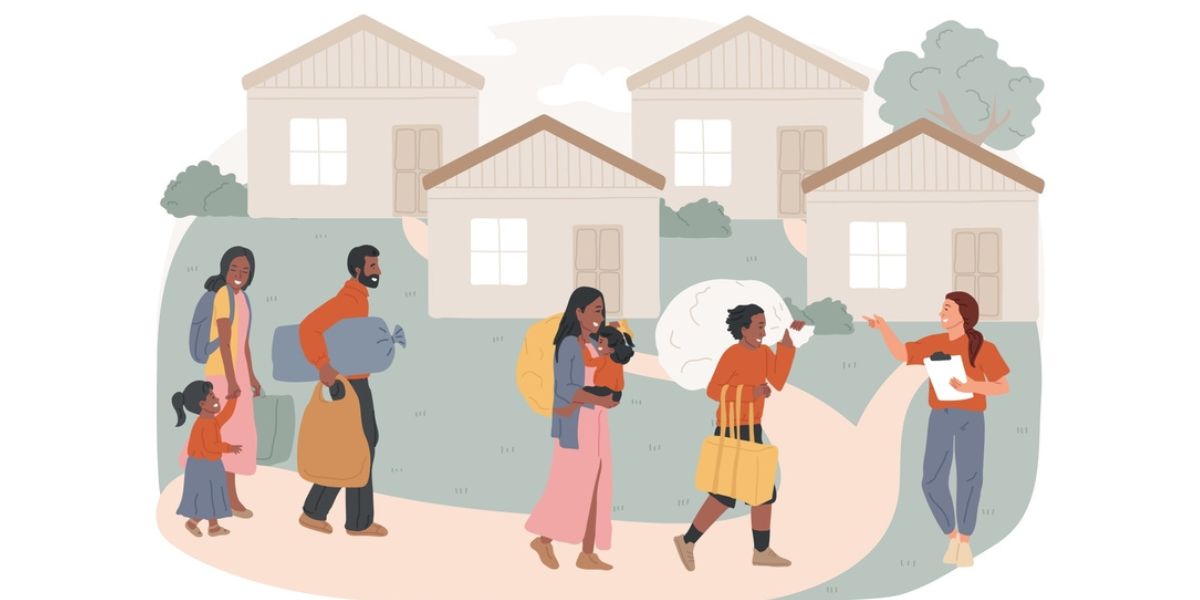
Pros of the CSP Visa
Let’s look at the bright side. The CSP, even with its flaws, comes with a few clear benefits:
✅ Permanent residency on arrival
✅ Immediate access to Medicare, public schooling, and other public services
✅ Inclusion of immediate family members
✅ Backed by a local group committed to helping you succeed
✅ Long-term settlement support and connection to employment
Challenges and Criticisms
On the flip side, here’s where things get sticky:
❌ High financial barriers – it’s out of reach for many of the most vulnerable
❌ Long processing times – what was once “fast” now often takes years
❌ Limited spots per year
❌ Very selective – applicants must be “settlement-ready”
❌ Creates a two-tiered system – some argue that refugees with money/connections are favored over those without
Critics, including refugee advocacy organizations, have voiced concerns that the CSP is turning humanitarian resettlement into a pay-to-play model. Those with community or family support, and the ability to pay, are prioritized — while the most vulnerable remain stuck.
Success Stories – Yes, It Works
Still, despite the challenges, the CSP has worked for many.
Stories abound of Syrian, Afghan, and Sudanese families who have built new lives in Australia through the support of local churches, mosques, businesses, and families.
Some have gone on to open restaurants, become teachers, or work in skilled trades. A few now help sponsor others through the same program that once gave them a new life.
That community aspect? It matters. A lot.
Final Tips If You’re Considering CSP
Here’s what you should keep in mind if you or someone you know is applying:
- Reach out to an APO early — they’re your gateway
- Have clear documentation — especially ID and proof of persecution
- Demonstrate integration potential — English language skills, work experience, family ties in Australia
- Understand the costs upfront
- Be patient — it’s a long journey, emotionally and financially
Conclusion
The Community Support Program (CSP) is a unique path to permanent resettlement in Australia. But it’s no silver bullet. While the program offers a community-driven, supportive approach, it comes with high financial costs, limited access, and painfully slow processing times — sometimes taking six years or more.
If you’re in a position to apply and have the backing of a local organization, the CSP Visa could be a real opportunity. But it’s not for everyone.
And if you’re here because you’re passionate about travel, immigration, food, or exploring life in different parts of the world — you’re in the right place. Get Visa Info provides deep info on visas, food, culture, and more. Stick around. There’s plenty to explore.



